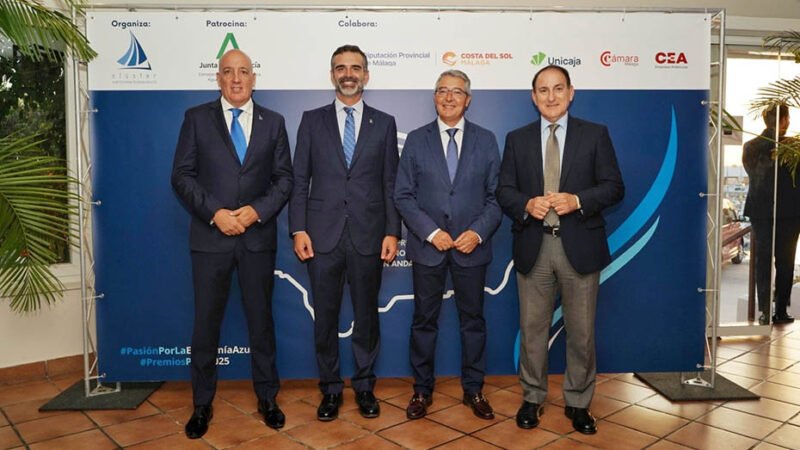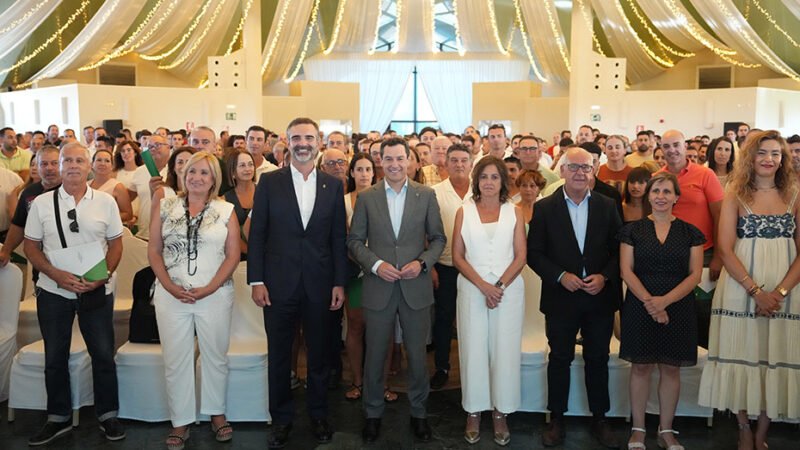El Gobierno andaluz licita obras de mejora de eficiencia energética en sedes judiciales

The Minister of Justice, Local Administration, and Public Function, José Antonio Nieto, highlighted in the Parliament Plenary the progress being made within the Judicial Infrastructure Plan promoted by the Junta de Andalucía, the most ambitious one launched, with a planned mobilization of over 1.5 billion euros and actions in 100% of judicial districts. Recently, four projects have been tendered to carry out energy efficiency improvement works, and the feasibility study for the Justice City of Cádiz has been published. «And we won’t stop, we will continue activating and developing projects so that Andalusia has the top-notch justice that its people deserve,» the minister assured.
During his speech, Nieto presented the latest advances, citing the recent publication of the feasibility study for the future Justice City of Cádiz in the Official Gazette of the Junta de Andalucía (BOJA), a crucial step in an infrastructure long awaited by the people of Cádiz for over two decades.
With a total of nine floors, basement, and mezzanine, the new headquarters will have 20,854.4 square meters built, of which over 15,300 square meters will be allocated to courts, offices, and complementary areas. The total area of the future Justice City will exceed 38,500 square meters, integrating the former Tabacalera deposit, auxiliary buildings, and engineers’ houses.
«An inexplicable grievance,» he said about Cádiz, along with three other capitals, Jaén, Huelva, and Granada, «that had no prospects for having a Justice City» and for which definitive steps have already been taken. «In Jaén, we are about to tender the works, in Huelva, we already have a feasibility study,» while in Granada, the El Cubo building has been acquired.
In addition to Cádiz, the minister reported on the boost to four new actions in judicial buildings located in Montilla, Granada (La Caleta), Fuengirola, and Huelva, partially financed with European funds from the Public Buildings Rehabilitation Boost Program (PIREP). These interventions aim to improve the energy efficiency of the facilities, with minimum reductions of 30% in non-renewable primary energy consumption.
«We are making a great effort that has not been done before,» Nieto indicated, highlighting from the Infrastructure Plan the goal of achieving a modern, close, sustainable, and accessible Justice. «We are not afraid of Justice, what we fear is that Justice does not arrive on time,» he concluded.






